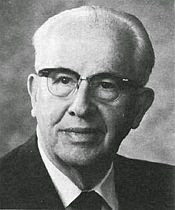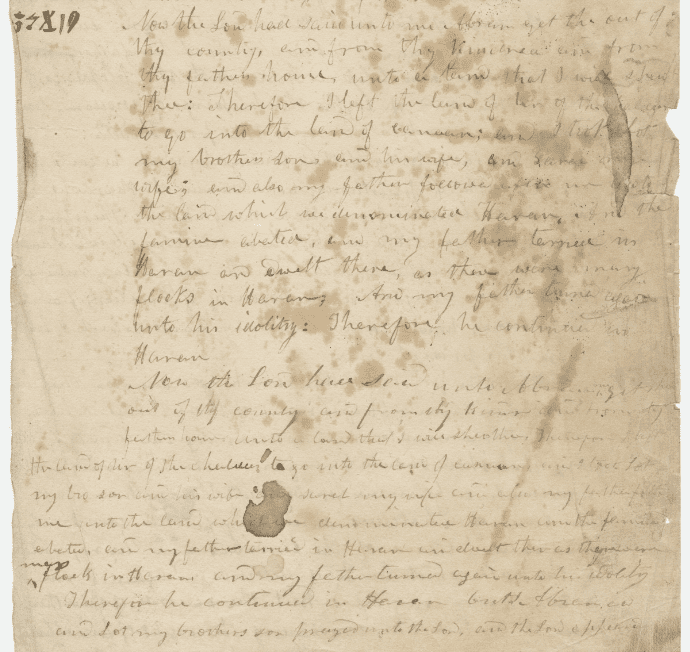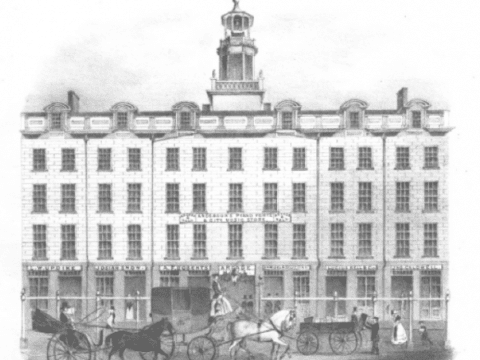
The Associated Press recently published an article about a case of abuse in Arizona that sharply criticized the Church. In “Seven years of sex abuse: How Mormon officials let it happen,” Michael Rezendes accuses the Church of covering up sexual abuse and states that the Church’s abuse help line for bishops and stake presidents tends to “divert” cases away from law enforcement to “church attorneys who may bury the problem, leaving victims in harm’s way.” It’s troubling how many major errors were made in this serious case of investigative journalism. The Church has pointed this out with a clear rebuttal an Aug 17, 2022 statement, “Church Provides Further Details about the Arizona Abuse Case” with the subhead “Church outlines its feelings on abuse and how a recent Associated Press story got it wrong.” But for a more detailed report, I recommend the Aug. 22 article by Jacob Z. Hess for Public Square Magazine, “Ten Ways the AP Abuse Article Misrepresented the Evidence.” These are not the pervasive simple blunders of, say, getting names switched around or jumbling dates, but seem so irresponsible and so removed from the easily verified facts of that case, that the story is hard to see as anything other than the trendy travesty of writing news that fits one’s narrative rather than doing genuine journalism.
Rezendes suggested that the Church’s abuse help line for bishops and other leaders was designed to direct calls to lawyers who can then “bury the problem, leaving victims in harm’s way.” During my tenure as bishop, I had the unfortunate need to use the help line a couple of times. I can report that the Church took my calls very seriously and absolutely did not direct me to cover anything up. In those calls and in repeated training I received from Church leaders, it was clear that abuse was taken seriously and that we absolutely must not ignore potential cases of abuse. Strict observance with law was expected, and the focus was on protecting victims or potential victims. The facts of the Arizona case confirm that and also reveal that the slanted narrative pursued in the AP article was hardly driven by attention to facts.
Hess’s article shows that the AP report left out critical information from a transcript they cited that made a conversation appear to show that the Church was aware of ongoing abuse and did nothing about it. That became the premise for the entire article’s criticism of the Church, including the message in the title about how the Church “let it happen.” But this is based on deception. Was the deception done in good faith by, say, first making sloppy edits to a transcript, and then reading just the edited transcript and making faulty conclusions based on that? If so, the Associated Press should explain their sloppy, errant process and make due apologies. But having seen the mainstream media pursue narratives rather than truth in so many stories, not just those about the Church, I am not optimistic. I think as a society we need a default position of mistrust for the mainstream media and their thinly veiled narratives. From the New York Times‘ cover up of famine in the Ukraine during the days of Joseph Stalin to the more recent failure to report on major cases of corruption and scandal from politicians they like, the commitment to printing “all that new’s that’s fit to print” often seems more like printing “all the news that fits the narrative,” and it’s that way across much of the mainstream media.
Further clues about the approach of the mainstream media on this issue comes from an Aug. 18 follow-up article in the Washington Post written by the author of the AP piece, Michael Rezendes. Hess points out that even though the Church vigorously disputed the claims made by Rezendes on Aug. 17, Rezendes claimed that the Church “did not dispute any facts in the story” in its recent statement. Dead wrong. Even the most basic vetting by the Washington Post would have caught such a blatant misstatement, if they cared.
Don’t view the AP hit piece on the Church as an unfortunate aberration or some kind of new low. It’s a fairly conventional article following a well-worn model: stick to the narrative, and ignore what doesn’t fit. Readers need to be increasingly aware of narratives and the possibility of deception, often based on what’s left out of a story, and thus look to alternative sources for different perspectives.












The AP article, the Church articles/statements, and the Public Square magazine article all share the exact same problem: trying to produce a narrative. The AP article is sensationalized in order to produce public pressure on the Church to settle the legal case. The Church and the Public Square article have the same purpose: keeping the Church’s name spotless. Both sides use only the facts that help them and use logical fallacies in their arguments attacking the other side. The real truth is somewhere in the middle and requires digging through tens of thousands of pages of testimony and documents. Even then there will be inconsistencies that support both sides.
This happens all the time in legal cases. I wrote appellate briefs for 13 years in criminal cases. It was unbelievable how different the statements of facts from a criminal defendant and the State were based on the same trial transcript.
The Church is not Darth Vader here. The Church is not also blameless. The key is accepting both of those statements and then figuring out, based on the record, what to do to make the Church better.
Andrew, someone will have to show me what the church did wrong before I can accept that it’s not blameless in this particular case.
Rezendes was the attach dog who went after the Catholic Church in Boston in about 2002. He starts with the assumption he is dealing with a similar situation, even though there is nothing similar in reaction to actions of a church member done to his own family as opposed to the actions of someone with standing in the Church done to congregants of the Church. This flawed assumption he has the same narative drives all his assumptions and writing.
Andrew, Jack makes a fair point. Can you explain what the Church did wrong?